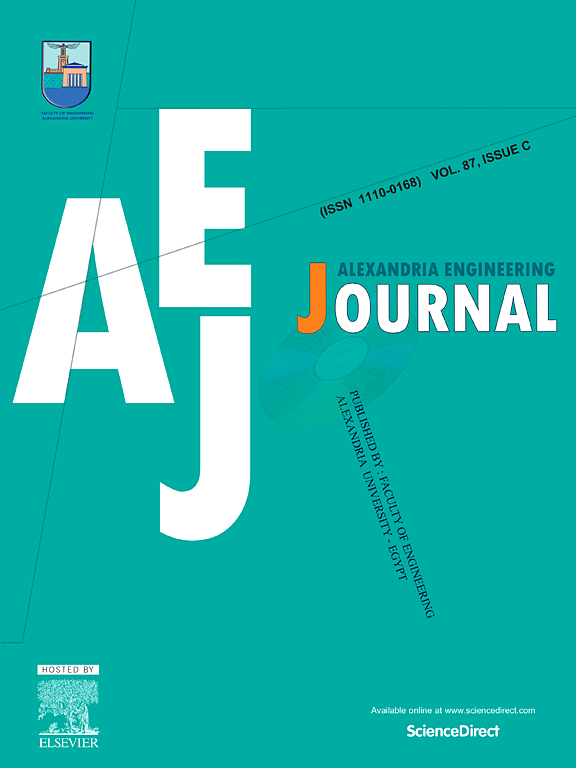Enhancing mechanical property predictions of woven fabrics: A dual regression approach
IF 6.8
2区 工程技术
Q1 ENGINEERING, MULTIDISCIPLINARY
引用次数: 0
Abstract
In today's marketplace, fabric manufacturers strive to attain client satisfactions, which are accomplished by ongoing testing of qualities that impact comfort and quality. The ability to predict these features reduces testing time and expense while maintaining the requisite degree of quality. Consequently, this work aims to develop robust prediction models for key mechanical properties of woven fabric in both warp and weft directions by conducting a comprehensive comparative analysis of predictive methods utilizing statistical modeling techniques, specifically multiple linear regression and multiple non-linear regression analyses. Experiments conducted with various samples of cotton-polyester blends and weft densities form plain woven fabrics, examining properties as tensile strength, bending stiffness, and elongation% in warp and weft directions. Using multiple linear regression to develop six prediction models. Each model was trained on 36 samples and tested on 15 to assess its predictive performance. Comparing model precision allowed for the selection of the most precise prediction model. Based on the MAPE values ranging from 0.010 % to 0.047 %, regression models achieved remarkable precision in the prediction of stiffness, strength, and elongation% in sequence.Thus, the use of these models in weaving mills is therefore highly advised in order to properly forecast all mechanical parameters while reducing testing expenses and material waste.
增强机织物力学性能预测:双重回归方法
在今天的市场上,面料制造商努力达到客户满意度,这是通过不断测试影响舒适性和质量的质量来实现的。预测这些特性的能力减少了测试时间和费用,同时保持了必要的质量。因此,本研究旨在利用统计建模技术,特别是多元线性回归和多元非线性回归分析,对预测方法进行全面的比较分析,从而建立经纬方向机织物关键力学性能的稳健预测模型。用不同的棉涤混纺样品和纬纱密度组成的平纹机织物进行实验,检查经纱和纬纱方向上的拉伸强度、弯曲刚度和伸长率。利用多元线性回归建立了六个预测模型。每个模型在36个样本上进行了训练,并在15个样本上进行了测试,以评估其预测性能。比较模型精度可以选择最精确的预测模型。在MAPE值为0.010 % ~ 0.047 %的范围内,回归模型在预测刚度、强度和延伸率方面取得了显著的精度。因此,为了正确预测所有机械参数,同时减少测试费用和材料浪费,强烈建议在织布厂使用这些模型。
本文章由计算机程序翻译,如有差异,请以英文原文为准。
求助全文
约1分钟内获得全文
求助全文
来源期刊

alexandria engineering journal
Engineering-General Engineering
CiteScore
11.20
自引率
4.40%
发文量
1015
审稿时长
43 days
期刊介绍:
Alexandria Engineering Journal is an international journal devoted to publishing high quality papers in the field of engineering and applied science. Alexandria Engineering Journal is cited in the Engineering Information Services (EIS) and the Chemical Abstracts (CA). The papers published in Alexandria Engineering Journal are grouped into five sections, according to the following classification:
• Mechanical, Production, Marine and Textile Engineering
• Electrical Engineering, Computer Science and Nuclear Engineering
• Civil and Architecture Engineering
• Chemical Engineering and Applied Sciences
• Environmental Engineering
 求助内容:
求助内容: 应助结果提醒方式:
应助结果提醒方式:


